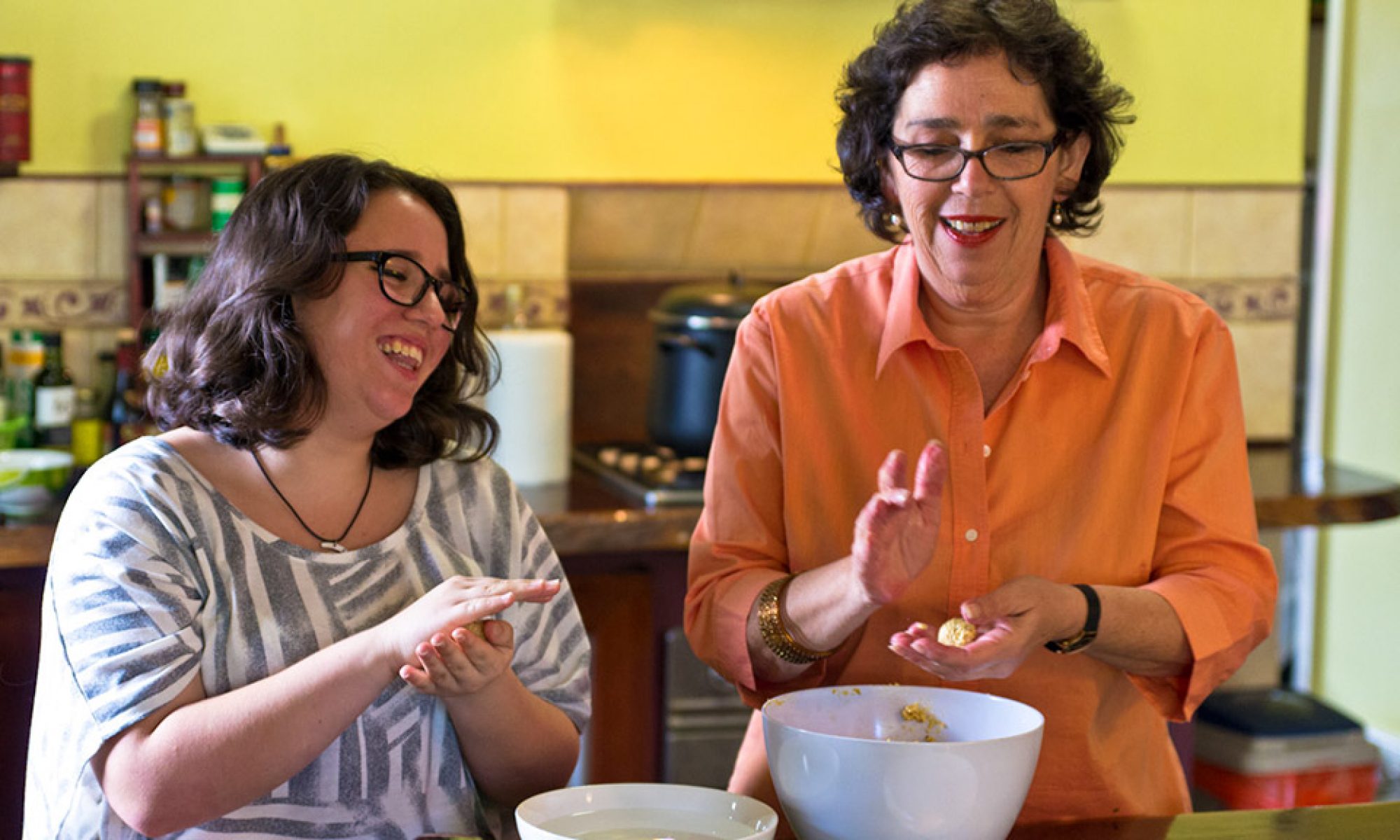I’ve lost 18 kilos since March; no wonder I’m less averse to climbing stairs. Clearly it’s a good thing but it has provided me with two conundra. The first is how to answer that question: “Aren’t you amazing, how did you do that”? In all honesty I don’t know how, but it leads to another question: if I’m now amazing, what was I before? Lazy? Indulgent and out of control? That is the message I’ve received for years.
However it’s the weight loss itself I’d like to address here. It is something of a mystery. I have lost weight slowly and without the aid of technologies such as gym membership, designer jogging shoes, weight loss programs, a dietician or even a diet. For all I know I may be seriously ill.
I’ve begun to dread that question, but it has made me think about it. There are the usual suspects: stress, overwork etcetera but there are other factors. Most notable amongst these is the fact that I spent most of those months teaching a course in “Food Studies”, an interdisciplinary course that teaches first year Uni students where our food comes from.
So here’s my theory: immersing myself in thinking what went into various foods, how they were grown and by whom, I have simply absorbed these lessons. These days, by the time I read what is in a product and where it comes from, I am increasingly less likely to buy it.
If it is imported I hesitate to buy, if it is a processed product I am unlikely to buy it (except for tea bags and the occasional tim-tam). I buy meat from my local butcher and only eat free-range chicken and eggs (preferably organic). These are more expensive, so I buy less, thus adhering to Michael Pollan’s dictum: Eat food. Not too much, mostly plants. And it appears to be working.
Having grown up a yo-yo dieter who took her first weight loss drugs at thirteen, and survived on a water diet for eight days aged eighteen, I found myself a type-2 diabetic at forty-five. No surprises there or in my determination NEVER to diet again.
And in truth I did not diet, I discovered that small and slow do work. Not every obese person can teach Food Studies, but we can all take small steps. If guidelines now recommend 1 hour of exercise per day but you can only find time for 20 – take those 20 minutes. I have stopped taking the lift. If you can afford to, buy smaller dinner plates. Don’t tell yourself I can never eat chips again, just fewer and not so often.
The other trick to weight loss appears to be to lose some. Once you begin to lose weight and get those comments it gets easier. Forget the Biggest Loser fantasy – slow and steady does win the race.
Dr Felicity Newman is a member of the Centre for Everyday Life at Murdoch University

